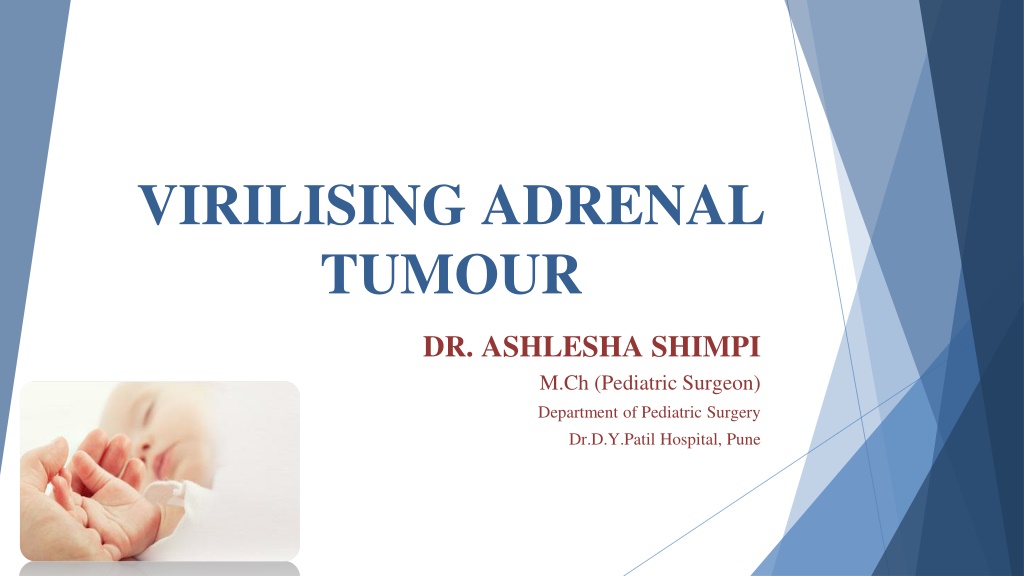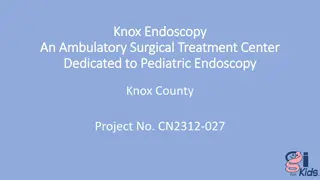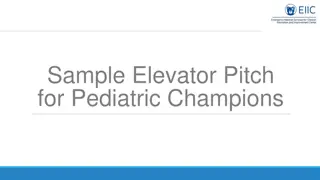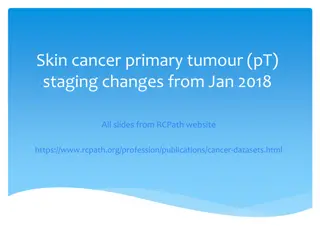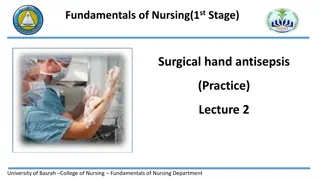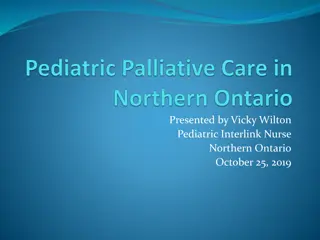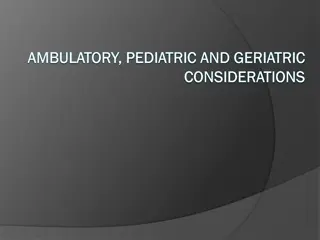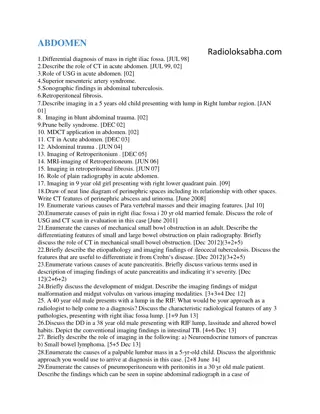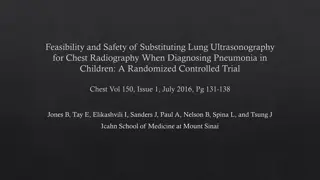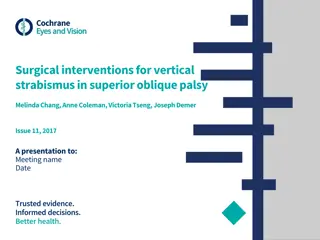Pediatric Adrenal Tumour Surgical Management
Adrenocortical tumours in pediatric patients can present with virilization symptoms. This case study showcases a 1.5-year-old male child diagnosed with a virilising adrenal tumour, highlighting the clinical scenario, hormone profile, endocrinologist's treatment, radiological findings, surgical management with tumor excision, and intraoperative photos, providing valuable insights into the successful treatment of such conditions.
Download Presentation

Please find below an Image/Link to download the presentation.
The content on the website is provided AS IS for your information and personal use only. It may not be sold, licensed, or shared on other websites without obtaining consent from the author.If you encounter any issues during the download, it is possible that the publisher has removed the file from their server.
You are allowed to download the files provided on this website for personal or commercial use, subject to the condition that they are used lawfully. All files are the property of their respective owners.
The content on the website is provided AS IS for your information and personal use only. It may not be sold, licensed, or shared on other websites without obtaining consent from the author.
E N D
Presentation Transcript
VIRILISING ADRENAL TUMOUR DR. ASHLESHA SHIMPI M.Ch (Pediatric Surgeon) Department of Pediatric Surgery Dr.D.Y.Patil Hospital, Pune
CLINICAL SCENARIO One and half year male child Increased height and weight since 6 months Increase in size and length of genitalia Appearance of pubic hair Deepening of voice No significant past history Diagnosed to have hypertension on admission- started on amlodipine 1.5mg
HORMONE PROFILE 17 hydroxy progesterone- 9.41 (HIGH) 0.68 5 1401 (HIGH) 2169.6 (HIGH) 13.6 TSH- Beta HCG- DHEA- Testosterone- Cortisol-
ENDOCRINOLOGIST TREATMENT Inj hydrocortisone 100mg/m2 stat thereafter Inj hydrocortisone 25mg/m2 in 4 divided doses
RADIOLOGICAL WORKUP USG-A+P- 6*4CM mass in right supra renal fossa ? Supra renal mass CECT-5.7*3.7 cm heterogeneous enhancing mass in Rt supra renal fossa Rt adrenal is not separate No obvious calcification or necrosis Impression: Rt suprarenal active androgen secreting adrenal tumour
SURGICAL MANAGEMENT Exploratory laparotomy with WLE of the tumour Findings- Tumour encased in the gerotas fascia on rt. Abutting the superior pole of kidney In close proximity to the liver and biliary tree Large draining vessels Para aortic enlarged lymph node also excised Tumour Excised in toto
HISTOPATHOLOGY The modified Weiss criteria are employed to distinguish the benign from the malignant tumors. Vascular invasion- 0 (absent) Mitotic rate- 0 (absent) Clear cells- 2 (< 25%) Necrosis- 1 (present) Abnormal mitosis -0 (absent) Capsular invasion-0 (absent) Total score- 3 (ACC)
POSTOPERATIVE MANAGEMENT Patient treated in PICU Started on orals in 4 days Kept on hydrocortisone postoperatively Discharged on day 9 postop on hormone supplements Advised PET scan Advised postoperative chemotherapy
DISCUSSION Adrenocortical tumours (ACT) are a rare but important cause of virilisation in infancy and childhood. They have incidence of one to two cases per million population and are still more rarer in the pediatric age group. Adrenocortical carcinomas can be functional or may be unassociated with syndromes of hormone overproduction. It is very important to differentiate an adrenocortical adenoma from a carcinoma, as both share a large number of phenotypic features, and assess their prognosis, as adrenocortical carcinoma may need an adjuvant therapy.
DISCUSSION Adrenocortical carcinoma (ACC) and adrenocortical adenoma are the two ends of a spectrum that need to be differentiated. These carcinomas are also seen with increased frequency in children with the Li- Fraumeni syndrome, Beckwith-Wiedermann syndrome, and congenital adrenal hyperplasia. A slight preponderance in the female population has been noted. Virilizing adrenal carcinoma is a very rare entity. Grossly, carcinomas, as compared to adenomas, are large and weigh more than 100 g and associated with symptoms of marked hormone overproduction, is to be considered malignant with poor prognosis.
DISCUSSION All adrenocortical carcinomas are highly malignant tumors, and hence, they need to be resected. Surgery is the single most important procedure for the successful treatment of ACC. The role of chemotherapy in the management of childhood ACC has not been established. Mitotane, an insecticide derivative that produces adrenocortical necrosis, has been extensively used in adults with ACC, but its efficacy in children who highlight a case of virilizing adrenocortical carcinoma, a very aggressive tumor, which is very rare in the pediatric age group and requires surgery, is not known.
ACKNOWLEDGEMENTS Dr. Pranav Jadhav HOD, Professor Pediatric Surgery Department of Pediatric Surgery Department of Pediatrics and Endocrinology Department of Anesthesia
